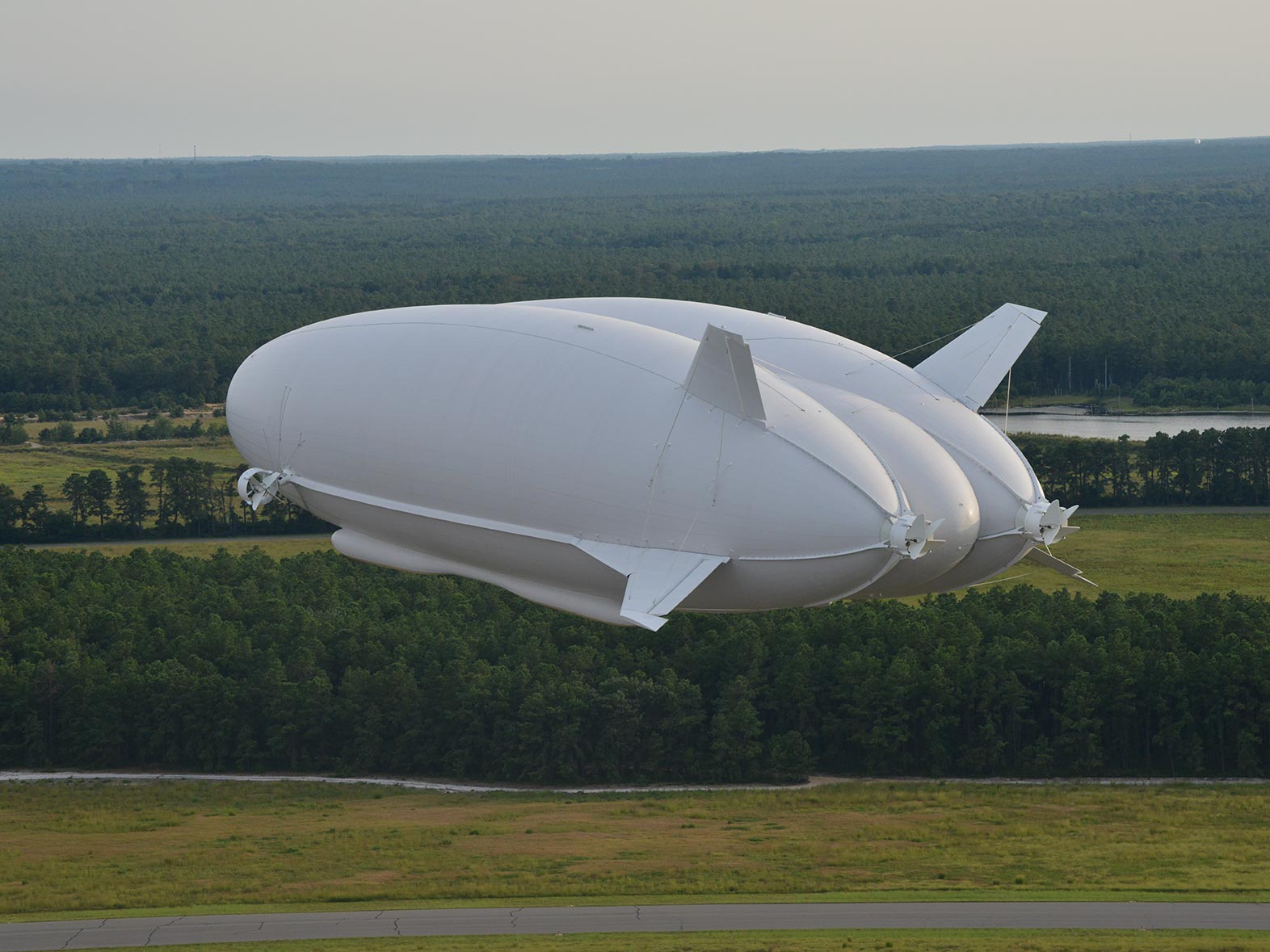Airlander 10: 92m-long aircraft to fly in UK skies for first time
The aeroplane and helicopter hybrid could one day be used for passengers

Your support helps us to tell the story
From reproductive rights to climate change to Big Tech, The Independent is on the ground when the story is developing. Whether it's investigating the financials of Elon Musk's pro-Trump PAC or producing our latest documentary, 'The A Word', which shines a light on the American women fighting for reproductive rights, we know how important it is to parse out the facts from the messaging.
At such a critical moment in US history, we need reporters on the ground. Your donation allows us to keep sending journalists to speak to both sides of the story.
The Independent is trusted by Americans across the entire political spectrum. And unlike many other quality news outlets, we choose not to lock Americans out of our reporting and analysis with paywalls. We believe quality journalism should be available to everyone, paid for by those who can afford it.
Your support makes all the difference.A groundbreaking aircraft, thought to be one of the biggest ever made, will be taking off for its first test-flight in the UK in March.
The Airlander 10, an aeroplane and helicopter hybrid invention, measures 92m in length, 43.5m in width and 26m in height.
Developed by Hybrid Air Vehicles (HAV), the aircraft has the ability to fly at 20,000 feet. But for its maiden voyage, it will be restricted to gliding within 15 nautical-miles of its hanger in Cardington, Bedfordshire, flying no higher than 4,000ft, no faster than 45mph and for no longer than two hours.
But if all goes well in the gentle test-drive, it could mark the start of a new era of passenger-flying, said Chris Daniels, head of partnerships at HAV.
“It’s absolutely in our plans [to transport passengers],” Mr Daniels told The Independent. “During the flight-test programme… we’re limited because it’s a prototype aircraft. Because it’s under flight-testing conditions, we cannot take passengers.”
“It will probably be the second aircraft we make that will be a passenger variant. We’ve had a lot of interest in operators looking at luxury tourism and safaris and various sorts of leisure flying. We think that will be an amazing experience – slow-flight, floor-to-ceiling windows, just being able to watch what’s going on.”
Mr Daniels added: “For the passenger variant, the cabin would be extended to the whole length of the Airlander and that would fit 48 people in a business-class style layout. Because it’s around leisure and tourism, we wouldn’t do an economy-style layout, we don’t think.”
To prepare the Airlander for its first flight next month, HAV crowd-sourced £2.4 million, received grants worth £6 million from the EU and UK government, as well as donations from shareholders. The flight-test will check whether the aircraft can properly take-off, land and glide.
“It will be a pretty gentle flight around the block,” said Mr Daniels.
The Airlander, which has no internal structures but becomes rigid when pumped full of helium, could also be used by different countries for their military needs. It can remain in the air for three weeks and can take-off and land on a variety of different surfaces.
The aircraft initially received $300 million in funding from the US Government and was going to be used by the country's military as an "unblinking eye" to protect allied soldiers in Afghanistan from the threat of IEDs and mines. But after US defence cuts forced the termination of the contract, the aircraft was brought back to Bedfordshire.
The Airlander 10 could also pave the way for a greener era of flying because it produces less noise and pollution, and it has a lower carbon footprint.
“We have calculated that on like for like tasks, we burn about 10 per cent of the fuel compared to helicopters and anywhere from 25 per cent to a third of the fuel compared to aeroplanes."
Mr Daniels added: "And we are aiming at going all electric at some point... Given we have lots of space and lifting capability for batteries, we are likely to be the first aircraft with viable electric engines on board."
Join our commenting forum
Join thought-provoking conversations, follow other Independent readers and see their replies
Comments